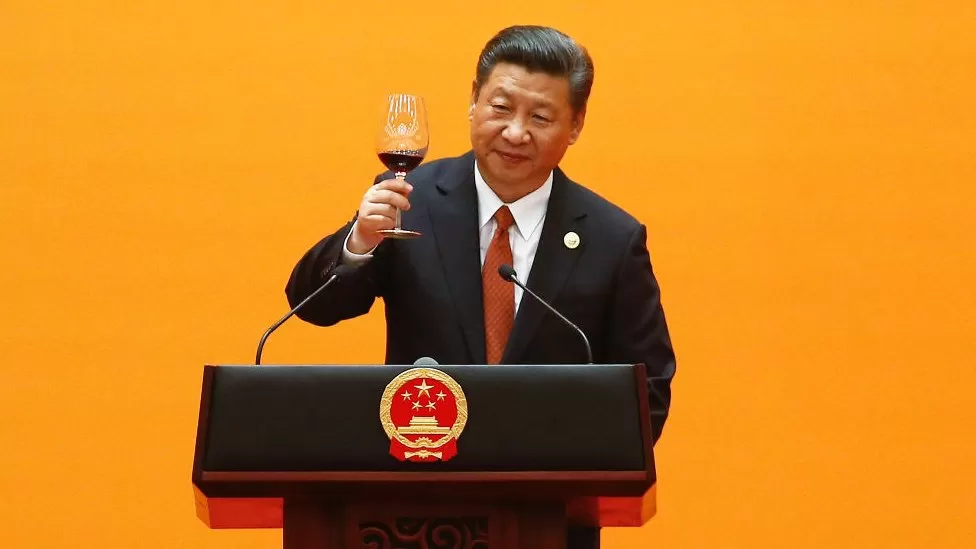Is China’s trillion-dollar gamble worth it?

A high-level summit marking the BRI’s 10th anniversary is being held in Beijing. Viktor Orban, the prime minister of Hungary, and Vladimir Putin, the president of Russia, have arrived. The Taliban government will also attend. State TV has aired a six-part documentary on the BRI’s achievements.
Through investments and infrastructure projects, the BRI is a signature policy of President Xi Jinping. The Chinese claim they have transformed the world by pumping cash into nearly 150 countries – and they are not wrong.
However, Beijing’s massive gamble hasn’t gone as planned. Do you think it was worth it? It was clear China’s ambitions were vast from the moment the BRI was unveiled in 2013 with comparisons to the ancient Silk Road.
In contrast, a “Belt” refers to overland routes connecting China to Europe via Central Asia, South Asia, and South East Asia, while a “Road” refers to a maritime network connecting China to major ports through Asia.
The country began by investing heavily in hard infrastructure abroad. The majority of the estimated $1tn (£820bn) has been invested in energy and transport projects. China advertised this as a win-win situation – it told other countries these investments would stimulate development, while at home it promoted the BRI as a way to boost the economy and boost Chinese companies.
As a result, some of its goals were not achieved, such as internationalizing the yuan and resolving Chinese companies’ overcapacity.
However, China benefited greatly from trade. Several agreements opened up access to more oil, gas, and minerals, especially as the BRI’s focus widened to include Africa, South America, and the Middle East. During the past decade, China and BRI countries traded $19.1 trillion worth of goods.
